PPT-1 Final work for course “Energy”
Author : phoebe-click | Published Date : 2016-02-26
1 Introduction The purpose of my work is to compare two kinds of currently commercially available photovoltaic cells mcSi and CdTe and see which will be
Presentation Embed Code
Download Presentation
Download Presentation The PPT/PDF document "1 Final work for course “Energy”" is the property of its rightful owner. Permission is granted to download and print the materials on this website for personal, non-commercial use only, and to display it on your personal computer provided you do not modify the materials and that you retain all copyright notices contained in the materials. By downloading content from our website, you accept the terms of this agreement.
1 Final work for course “Energy”: Transcript
Download Rules Of Document
"1 Final work for course “Energy”"The content belongs to its owner. You may download and print it for personal use, without modification, and keep all copyright notices. By downloading, you agree to these terms.
Related Documents

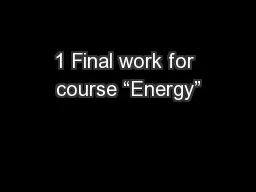

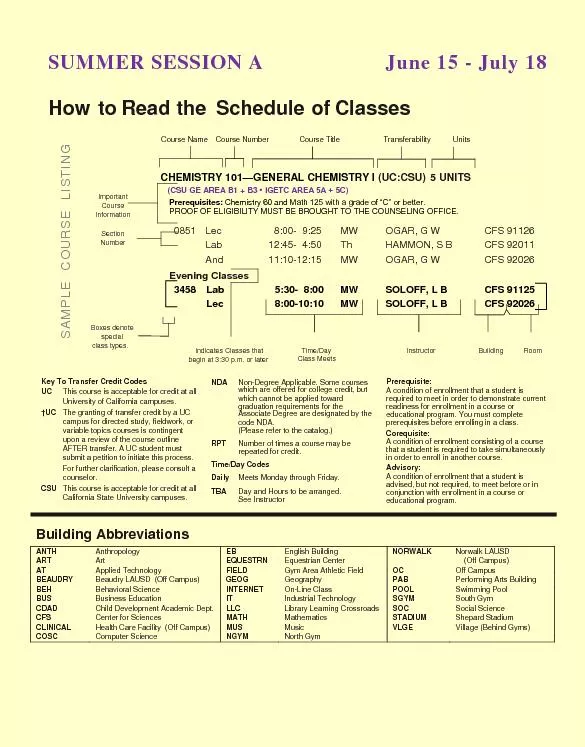

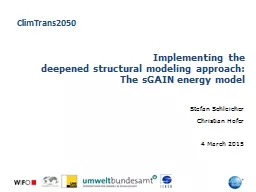

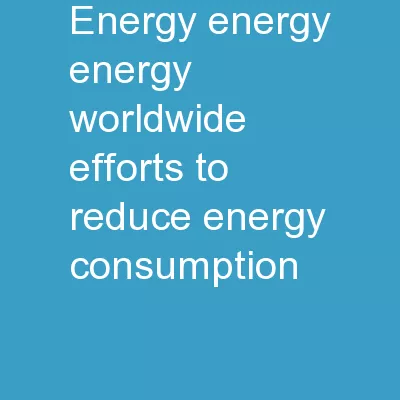

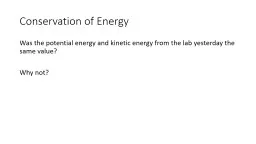




![[READ]-Fortran Crash Course + Hacking + Android Crash Course + Python Crash Course + XML](https://thumbs.docslides.com/972403/read-fortran-crash-course-hacking-android-crash-course-python-crash-course-xml-crash-course-hacking-xml-python-android-book-2.jpg)